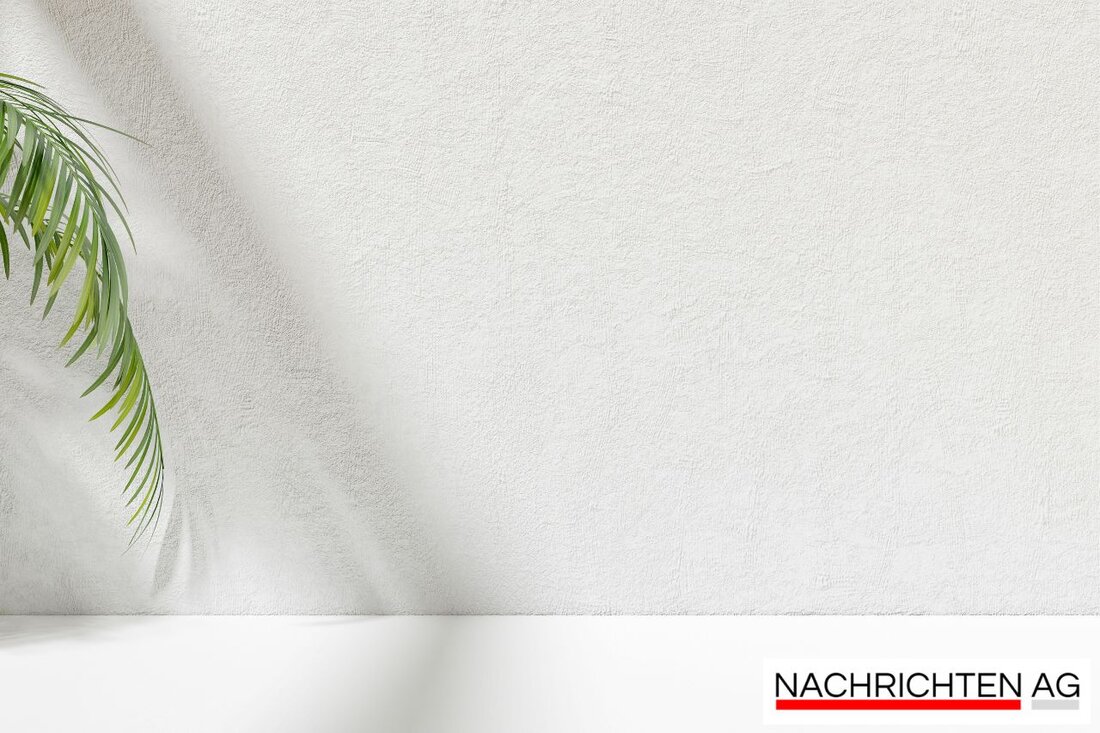New EU regulation: Alt textiles in the Barnim now really dispose of it!

New EU regulation: Alt textiles in the Barnim now really dispose of it!
From 2025, fresh wind comes into the old textile collection: A new regulation of the European Union calls for a comprehensive change in dealing with old dresses. The focus is on using valuable materials for longer and strengthening the circular economy, such as "https://www.barnim.de/neuigen/detail/umweltamt-informiert-neue-eu--u--- This should not only reduce the environmental pollution that arises from textile production, but also the approximately 92 million tons of textile waste annually.
The goal of the new guidelines is clear: from now on old textiles must be collected mandatory. The citizens of the Barnim can not only put their old clothes in old clothing containers, but also hand them over to the local recycling and recycling yards. In this way, environmental protection is also promoted a crucial step, because less than 1 percent of the textiles are currently being recycled.
What is new? Changes in the textile sector
The new regulation is an answer to the massive environmental problems caused by the textile industry. In the EU, around 5.8 million tons of textile waste are incurred annually - that's around 11 kg per person. A rethinking is necessary: Many items of clothing are only worn 7-8 times before they are disposed of.
The EU strategy for sustainable textiles also set priorities such as ecodesign and waste avoidance. This is where the development of new business models comes into play, which no longer focus exclusively on the sale of new clothes-distribution offers and the design of recycling options are becoming increasingly relevant, such as Kreislaufwirtschaft-deutschland.de
use of innovations
In order to meet the new requirements, technologies for automated sorting textiles should also be developed. This makes recycling more efficient and more targeted. Consciousness of consciousness is also of great importance. Information campaigns are intended to promote durable clothing and put a stop to Fast-Fashion mentality.
In addition, numerous EU projects are funded that research innovative approaches and techniques in the textile sector. These include, for example, the development of bio -based textile fibers or chemical recycling that converts textiles into new, high -quality fibers. These initiatives aim to optimize and minimize the resource consumption, such as cordis.eu
The practical implementation of the new regulations will also demand the responsible cities and municipalities. In Barnim, the delivery of the old textiles will be free of charge, but citizens should make sure that they only throw clean, portable clothing into the containers - everything else belongs to the residual waste bin. In view of the increasing littering of the collection sites, it is more important than ever to take responsibility.
With the new regulation and the associated initiatives, the EU shows how serious it is with the transformation to a sustainable circular economy. The announcements promise a positive turn in the often criticized textile industry, which could have an effect far beyond our borders.
| Details | |
|---|---|
| Ort | Barnim, Deutschland |
| Quellen | |
